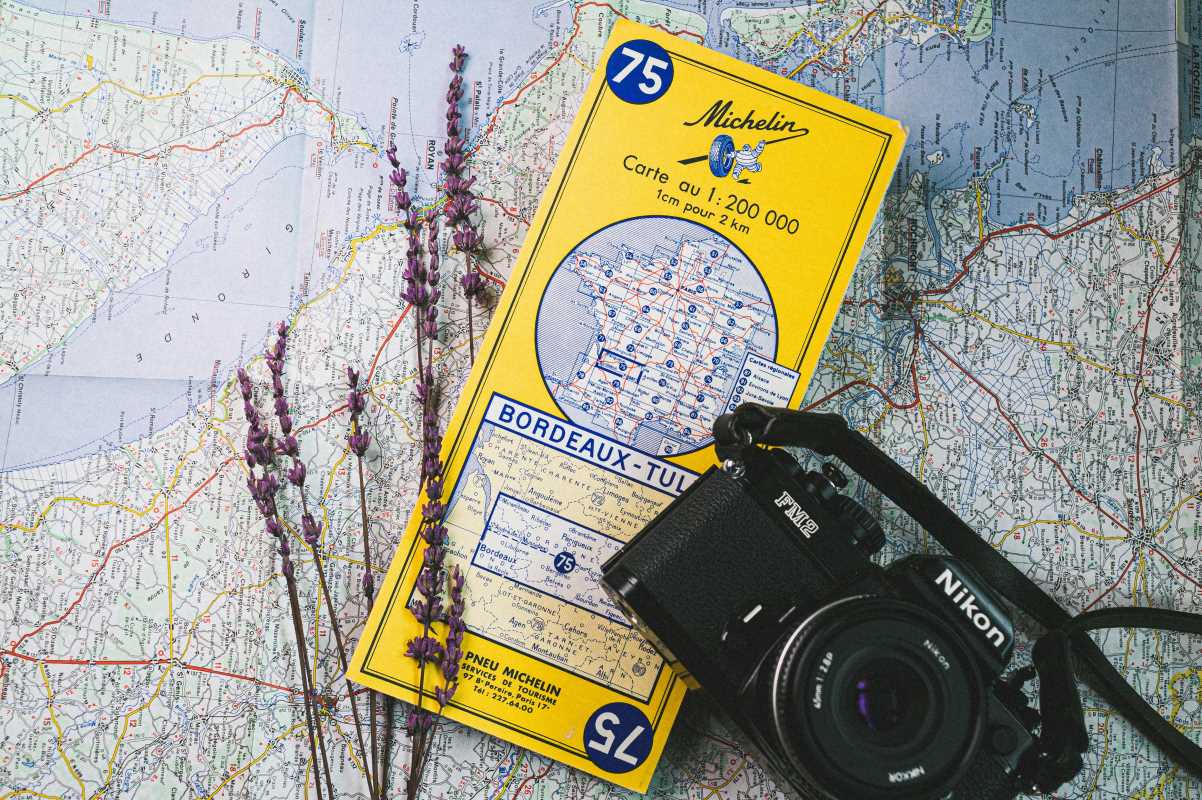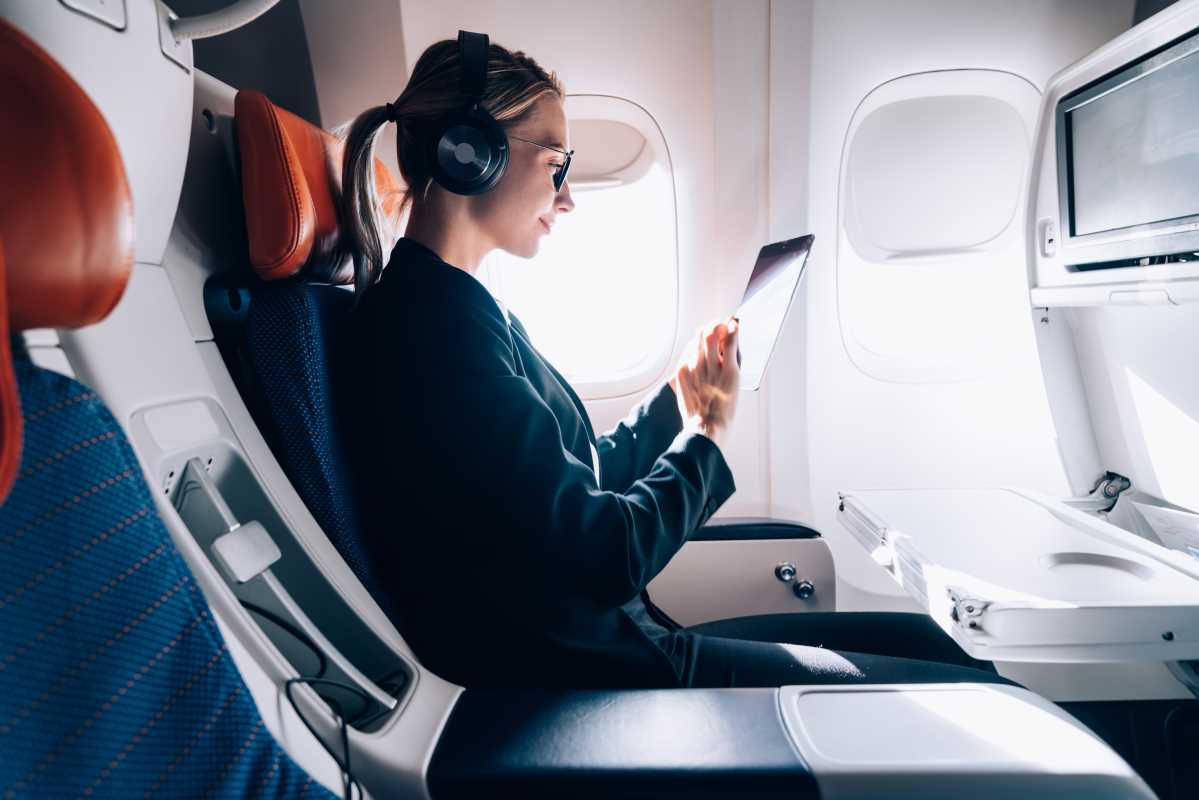Language barriers can be a significant obstacle in effective communication, impacting various aspects of our lives. Whether traveling to a foreign country, working with diverse teams, or interacting with individuals who speak different languages, overcoming language barriers is essential for clear and successful communication. Luckily, there are strategies that can help navigate these challenges.
One effective strategy for overcoming language barriers is to use visual aids. Visual aids, such as charts, diagrams, and images, can help convey information clearly and bridge the gap between languages. By utilizing visual cues, individuals can better understand concepts and ideas, even if they do not speak the same language. This approach is particularly helpful in educational settings, business presentations, and public speaking engagements.
Another helpful strategy for overcoming language barriers is to use simple and concise language. When communicating with individuals who speak a different language, it is essential to avoid complex vocabulary and jargon. Instead, using simple and straightforward language can help ensure that your message is easily understood. By focusing on clarity and simplicity, you can effectively convey your ideas across language barriers.
Cultural sensitivity is also crucial when overcoming language barriers. Understanding and respecting cultural differences can help build trust and rapport with individuals from diverse backgrounds. By taking the time to learn about different cultural norms, customs, and traditions, you can communicate more effectively and avoid misunderstandings. Cultural sensitivity promotes a more inclusive and harmonious communication environment, fostering positive relationships and mutual respect.
In addition to visual aids, simple language, and cultural sensitivity, non-verbal communication plays a vital role in overcoming language barriers. Non-verbal cues, such as gestures, facial expressions, and body language, can convey meaning and emotion even when language is a barrier. Being mindful of non-verbal communication can enhance understanding and create a more connected and empathetic interaction with others.
Lastly, embracing technology can be a game-changer in overcoming language barriers. Translation apps, video conferencing tools, and online resources can facilitate communication across languages and bridge gaps in real-time. Embracing technology not only simplifies communication but also opens up new possibilities for collaboration and connection in a globalized world.
By employing strategies such as using visual aids, simplifying language, practicing cultural sensitivity, relying on non-verbal communication, and leveraging technology, individuals can effectively overcome language barriers and enhance their communication skills in diverse settings. These strategies promote clarity, understanding, and inclusivity, ultimately fostering stronger relationships and successful interactions across cultures and languages.







